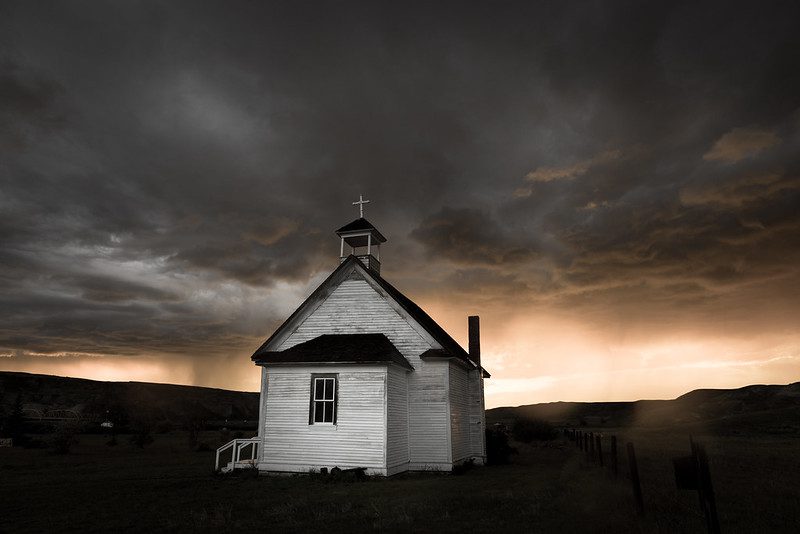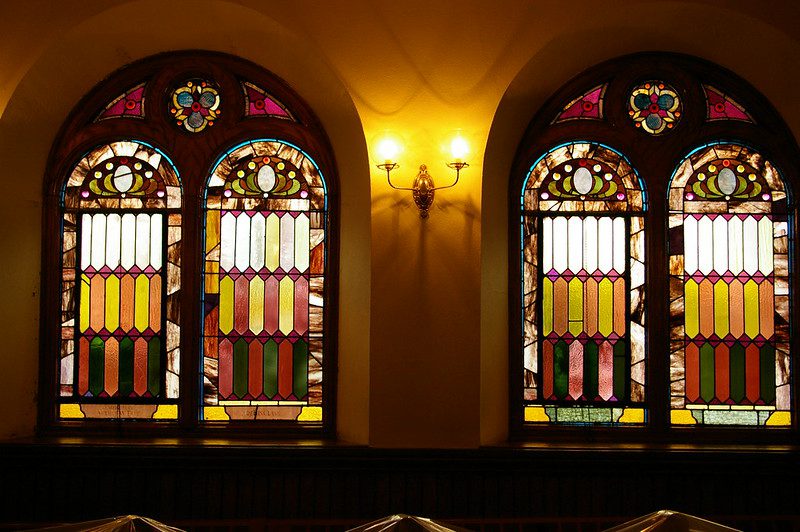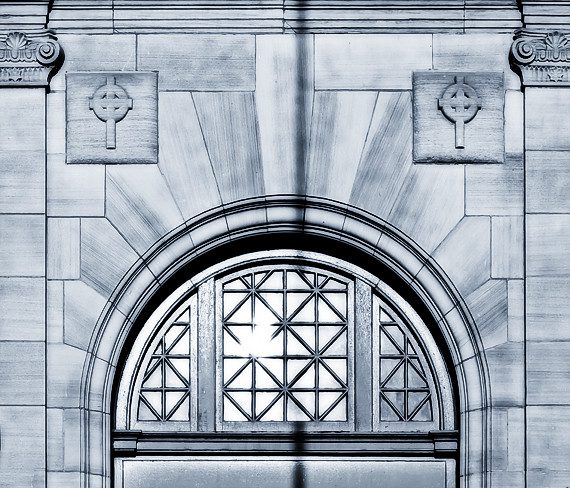
Photo by Flickr user Stanley Zimny, CC BY-NC 2.0
Religious institutions receive about half of the money given away by the private sector in America. Although these institutions use most of the money they raise to pay for their own programs, organized religion is also a major source of funds for secular nonprofits. We don’t know exactly how much is given away by religious institutions; because of the separation of church and state they are not required to report their giving. However, reliable studies show that organized religion’s philanthropic giving to nonreligious activities exceeds that of foundations and corporations combined, putting churches right behind individuals as the largest source of charitable giving.
Money from Denominations
Most grants from religious sources are in the range of $500 to $10,000. Some large sources, such as the Catholic Campaign for Human Development (see resources below), the Unitarian Universalist Veatch Program and the Episcopal Church’s United Thank Offering, give some $30,000 to $75,000 multi-year grants.
You will need to be familiar with each denomination’s regional and national structures to understand the giving process of most religious bodies. The Yearbook of American and Canadian Churches is an excellent resource on Christian denominations. Many denominations, and some issue-based ecumenical groups, also have separate regional or national grant-making programs. The best known of these are the Catholic Campaign for Human Development, the United Church of Christ’s Board of Homeland Ministries, the United Methodist Voluntary Service, the Jewish Fund for Justice, the American Friends Service Committee (Quaker), the Unitarian Universalist Service Committee, and the ecumenical Commission on Religion in Appalachia (CORA). Many orders of nuns and priests provide funding to local groups as well. To learn more about formal giving programs such as these, research them as you would foundations and approach them in much the same way.
Money from Congregations
Local houses of worship may themselves give donations of anywhere from $50 to $1,000 to a few local groups, such as community groups, neighborhood projects, and projects with low budgets. With rare exceptions, national organizations will not get money from these sources. These groups should also be approached as audiences for speaking engagements to broaden your visibility. Although few groups will find local religious groups to be sources of major funding, once you have received money or services from them you have a good chance of having the gift repeated.
The best guide to religious institutions in your area is simply the Yellow Pages. Find out who in your group is affiliated with any of the major religious institutions listed. In most cases, in order to seek a gift from a religious institution, your group will need to have a relationship with the clergy or a leading layperson. Then, there are several avenues for obtaining local funding:
In churches that take up a collection, the minister or laypeople can call for a “second collection.” In this case, after the collection for the church has been taken at Sunday service, the minister or representative from your group will describe your work to the congregation and the collection plate will be passed again. The proceeds from this second collection go to your group. Some organizations have formalized this into a “Second-Collection Sunday,” on which churches all over a town will take up a second collection for one organization. Separately, within most congregations there are various guilds and clubs, each of which does its own fundraising and many of which distribute the money as they wish.
Houses of worship often make their facilities available free or for a nominal charge. These can include meeting rooms; office space; use of a photocopy machine; limited use of a computer, telephone or fax machine; and so forth. For groups just getting started, these services can be invaluable. The facility may even serve as your mailing address and agree to receive phone messages for you until you are established.
Lastly, clergy can often give money (generally up to $1,000) from a discretionary fund they have authority over. When I was first in fundraising, I was in charge of raising money from churches and synagogues for a shelter for battered women. One minister was very sympathetic but told me the only fund he could draw from was the flower fund. Someone had died and left the church a very large bequest, the interest from which was to be used for flowers. He said, “I can write you a check today for $500 to be used for flowers for your shelter.” Not wanting to turn down money, but also not really wanting $500 worth of flowers, I said, “That’s a lot of flowers.” He said, “Buy a few flowers every month or plant some flowers. We realize that we cannot visit the shelter and so we will never be able to see our flowers, and that’s OK.” He was smiling broadly. I, being a little slow to catch on, said, “Would you like me to send you pictures of the flowers we buy?” With some impatience he said, “No pictures! What if someone recognized the house from the pictures or you accidentally photographed one of your residents? No pictures. We will trust your taste in flowers.” Finally it dawned on me that he was giving us $500. Quickly I thanked him and left with the check.





Comments